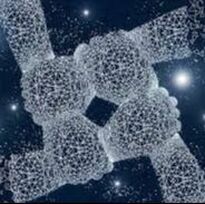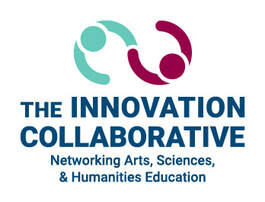 In the March/April, 2022, issue of National Science Teaching Association’s (NSTA) journal for middle school teachers, Science Scope, authors Laura Blue and Sarah Redick provide a framework for teaching science through the lens of social justice. This was inspired by a resource called Facing History (see below). Standards for the program were derived from the work of an organization known as Learning for Justice. This activity provided an entry point for teachers to incorporate a sociotransformative approach to teaching in the context of life science. The curriculum incorporates four key elements of the social justice approach:
Resources: Facing History identity map activity Learning for Justice Socially Transformative Teaching
0 Comments
Your comment will be posted after it is approved.
Leave a Reply. |
